
Rhinoplasty in Turkey has become a global magnet for patients who want refined, natural results without compromising safety. If you’re weighing Rhinoplasty in Turkey for both aesthetic and functional reasons, you’re in the right place. This guide explains why Rhinoplasty in Turkey is so popular, how to choose a clinic, what to expect from consultation to recovery, and which details matter most to achieve a smooth experience from your very first message to the “final reveal.”
Costs in Istanbul depend on several factors: the surgeon’s experience and the volume of rhinoplasty performed; whether your case is a primary or revision surgery; the amount of functional work involved (e.g., septoplasty, lid augmentation); the techniques and instruments used (open or closed, ultrasonic bone study); the accreditation level of the hospital or surgical center; and what’s included in your package (preoperative tests, anesthesia, medications, transfers, hotel nights, and follow-ups).
Generally, rhinoplasty prices in Istanbul range from €6,000 to €9,000.
When comparing quotes, always ask for a detailed quote, the clinic’s revision policy, and the schedule for in-person and remote follow-ups after you return home. True value comes not only from the initial price, but also from experienced hands, strong safety standards, and attentive care.
Rhinoplasty in Turkey sits at the intersection of high surgical volume, modern techniques, and streamlined medical-tourism logistics. Istanbul and other major hubs offer teams that perform rhinoplasty week in and week out, which sharpens judgment and fine motor skills. High case volume also nurtures an eye for nuance, how tiny changes to rotation, projection, and dorsum height interact with chin balance, lip posture, and skin thickness. Add English-speaking coordinators, airport transfers, and bundled aftercare, and the process feels coordinated rather than chaotic.
Rhinoplasty is a surgical procedure that aims to reshape the nasal structure at the center of the face, both aesthetically and functionally. Rhinoplasty can correct the hump on the nasal dorsum, slim or lift the tip, and address septal deviations that cause breathing problems.
Rhinoplasty candidates are generally individuals who are dissatisfied with the appearance of their nose, have breathing difficulties, or have nasal deformities following trauma. Rhinoplasty aims to balance facial proportions and, when planned individually, achieves natural-looking results.
For many patients, yes. Provided you choose a surgeon and clinic with the right credentials. Turkey attracts people because surgeons there handle a high volume of rhinoplasty cases, which sharpens technical skill and aesthetic judgment. You’ll find modern techniques (open/closed approaches, ultrasonic bone work, preservation methods), integrated functional work (septoplasty, valve support), and well-oiled medical-tourism logistics that bundle transfers and aftercare.
The value proposition is strong, but “worth it” depends on doing your homework: verify board certification or equivalent, review standardized before-and-after photos for cases similar to yours, read informed consent carefully, and make sure follow-up is structured (including remote check-ins once you’re home). If a deal sounds too good to be true, it probably is aim for quality first, value second.
If by “cheapest” you mean the lowest headline surgical fee, countries often cited for budget-friendly rhinoplasty include Turkey, India, Mexico, and Thailand, with parts of Eastern Europe (e.g., Poland or the Czech Republic) sometimes comparable. That said, the absolute lowest price rarely equals the best total experience. Your true cost includes surgeon expertise, facility standards, anesthesia safety, revision likelihood, travel, accommodation, and time off work. Prioritize a surgeon’s track record, transparent aftercare, and a clinic that treats both form and function—then consider price among similarly qualified options.
Rhinoplasty is performed using two basic techniques: open and closed. The open technique for rhinoplasty involves a small incision in the columella between the nostrils; It provides the surgeon with a wide field of view and is particularly preferred for detailed procedures such as nasal tip reshaping, asymmetry correction, and revisions.
The closed technique for nose job involves making all incisions inside the nose; scarring is invisible, and swelling may be less in certain cases. The choice of technique in rhinoplasty planning is determined by anatomical needs, the targeted change, and the surgeon’s experience.
Since each patient’s nasal structure is different, a detailed pre-operative examination and planning process is critical. The choice of surgical technique is personalized according to the patient’s nasal anatomy, skin thickness and aesthetic expectations.
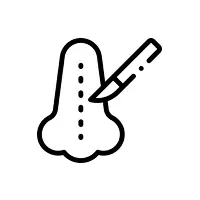
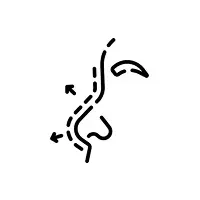
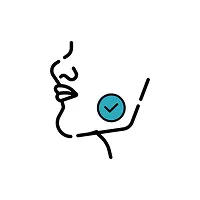
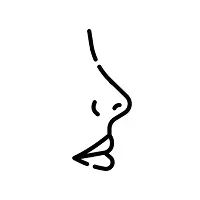
| Curiosities | Answers |
|---|---|
| Operation Name | Nose Aesthetics (Rhinoplasty) |
| Operation Technique | Closed, Protective Technique |
| Anesthesia Type | General Anesthesia |
| Processing Time | 2-4 Hours |
| Hospitalization | 1 Night |
| Splint Purchase Time | 5-7 Days |
| Sensitivity | 3-4 Days |
| Back to Social Life | 5-10 Days |
| Rest | 5-10 Days |
Assoc. Prof. Dr. Güncel Öztürk is an internationally recognized expert in the field of rhinoplasty. Through years of research, clinical observations and surgical practice, he has made significant innovations and improvements in rhinoplasty techniques. These techniques take into account not only aesthetic results but also functional healing processes. Here are some important rhinoplasty techniques developed by Assoc. Prof. Dr. Güncel Öztürk and published in international medical journals:






















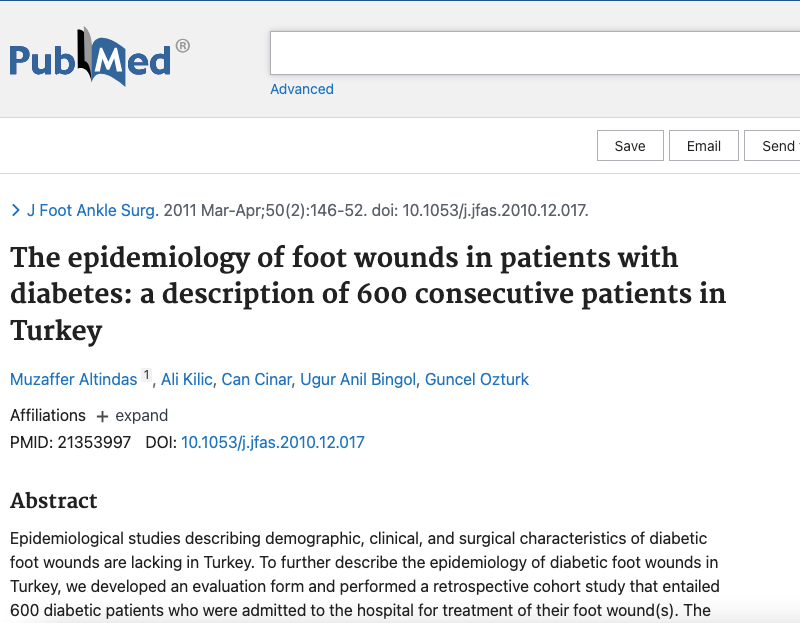
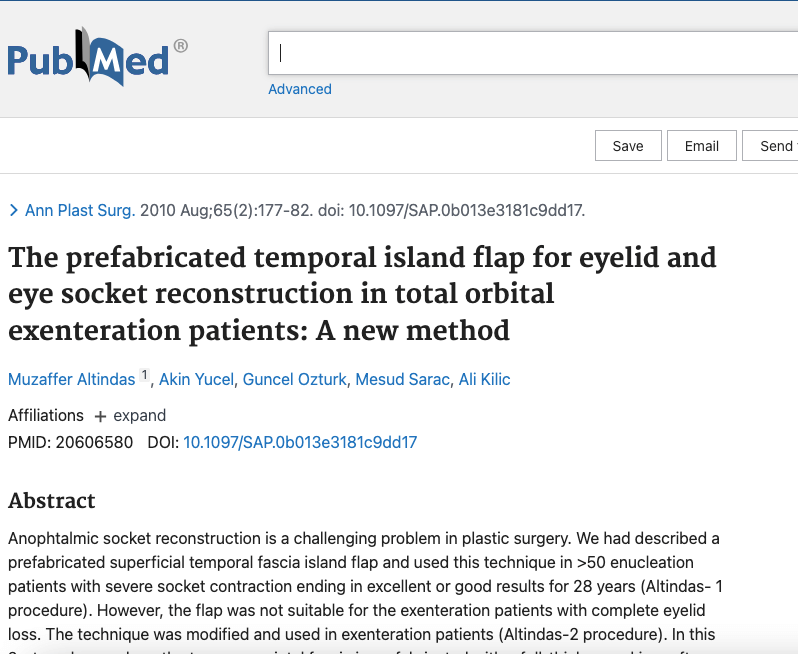


A comprehensive analysis is performed before rhinoplasty: facial proportions, skin thickness, cartilage support, nasal tip projection, and dorsum height are examined. Some clinics use 3D imaging and simulation to discuss potential outcomes with the client. Photo analysis during nose job planning helps clarify realistic expectations.
During rhinoplasty, the skin is carefully separated from the underlying cartilage and bone structures. If necessary, the dorsal hump is lifted or repositioned using a protective “dorsal preservation” approach. During nose job, the nasal tip is shaped using suture techniques and support grafts. Grafts such as columellar struts, spreader grafts, and alar battens support symmetry and the airway. Rhinoplasty can be combined with septoplasty, if necessary, to improve respiratory function.
In rhinoplasty candidacy assessment, preference is given to individuals in good general health, who do not smoke or smoke only occasionally, and who do not pose a risk to wound healing. Psychological preparation, realistic expectations, and consideration of the overall facial harmony are essential when making a rhinoplasty decision. Nose job is often preferred after age 18; however, it is important that growth and development are completed.
The nose is supported with a splint or cast for the first week after rhinoplasty; stitches are removed within 5–7 days. Bruising during the rhinoplasty process largely subsides within 7–10 days, and complete swelling may take months to resolve. The final contour after rhinoplasty becomes apparent in most patients within 6–12 months. Patients undergoing rhinoplasty are advised to avoid strenuous exercise and protect their nose from impacts in the first weeks.
Natural-looking rhinoplasty results are possible with planning appropriate to facial proportions and techniques that respect the texture. Instead of a “one-size-fits-all” approach to nose job, the individual’s ethnicity, gender, and facial features should be considered. Small asymmetries after rhinoplasty may be due to early swelling; Patience is required for the final evaluation.
Rhinoplasty is not only an aesthetic procedure but also a functional one. During rhinoplasty, a deviated septum is corrected, the nasal valve area is supported, and turbinate hypertrophy is reduced if necessary. Improved airflow after rhinoplasty can lead to improved sleep quality and exercise tolerance. A balance between aesthetics and function should be established when planning rhinoplasty.
Rhinoplasty grafts are most commonly harvested from the septum; if sufficient tissue is not available, ear (concha) or rib (costal) cartilage may be used. Graft selection for rhinoplasty is based on goals such as nasal tip support, dorsal flattening, and valve widening. Placing grafts within the rhinoplasty plan strengthens the nasal architecture and ensures long-term stability.
Rhinoplasty revision may be considered in cases where the expected results are not achieved or functional problems persist. Revision after rhinoplasty is generally recommended after the swelling has subsided.
It is recommended to wait at least 12 months before rhinoplasty. Rhinoplasty revisions can be more challenging; the tissue planes are altered, and additional grafts are often required.
Nose shaping with fillers (non-surgical rhinoplasty) can be used as an alternative to rhinoplasty to camouflage minor asymmetries or gently elevate the nasal dorsum. It is not as permanent as rhinoplasty; its effects are temporary and do not resolve breathing issues. If fillers are preferred over rhinoplasty, choosing a physician experienced in vascular risks is crucial.
Before rhinoplasty, it is recommended to adjust blood-thinning medications with the doctor’s approval, quit smoking, and avoid factors that increase the risk of infection. Sharing realistic goals with the surgeon in writing before the rhinoplasty appointment strengthens communication. In accordance with the rhinoplasty plan, preparations such as cold compresses, a high pillow, and a light diet should be made for the first days after surgery.
Rhinoplasty experience, case diversity, and patient feedback are important in the decision-making process. It is best to choose a surgeon with a background in facial plastic surgery or ear, nose, and throat surgery, who regularly shares case photos and prioritizes a functional approach. During rhinoplasty consultations, the surgeon’s approach, respect for tissue, a focus on natural results, and revision rates should be openly discussed.
Swelling and bruising may affect social appearance in the first weeks after rhinoplasty; this is temporary. Many people who undergo rhinoplasty return to work within 1–2 weeks; return to sports activities should be gradual. While the change in appearance after rhinoplasty can boost self-confidence, the adaptation process varies from person to person. Patience is important.
Prices vary depending on the clinic’s reputation, the surgeon’s experience, the complexity of the case, facility standards, the city, and whether functional procedures are included.
An average rhinoplasty in Turkey costs between €6,000 and €9,000.
Package elements such as transfers, hotel nights, and translation also affect the final price. A definitive quote is provided after a medical examination, photo analysis, and discussion of your goals. Contact us today for rhinoplasty in Turkey costs.
Seasonality matters less than your calendar. You’ll want one quiet week after surgery, and ideally another week of lighter duties. Some patients prefer winter for looser social schedules and easier sun protection; others like summer flexibility. If you can avoid major life events in the first month—weddings, on-camera presentations—you’ll enjoy the process more.
Most travelers allow about a week to remove splints and ensure early healing is on track. If flights are long-haul, consider a couple more days for comfort and one extra check-in. Your clinic will tailor the schedule to your case, especially if you had complex grafting or combined functional work.
Rhinoplasty is generally associated with mild to moderate discomfort; most patients report that the pain is manageable within the first few days. Feelings of pressure and fullness after rhinoplasty are normal; analgesics and gentle care practices recommended by your doctor will help you get through this period comfortably.
Clients who undergo nose job can usually return to their office work within 1–2 weeks; this timeframe may vary depending on individual healing rate. Activities such as running and weightlifting should be planned gradually after rhinoplasty, and contact sports that pose a risk of impact to the nose should be avoided for several months. The speed of healing from rhinoplasty is closely related to the extent of the procedure and the tissue response.
Most of the swelling after nose job subsides within the first month; However, it may take longer for the nasal tip details to become clearer. For most people, it takes 6–12 months for rhinoplasty results to become visible and permanent. Patience and regular checkups during the rhinoplasty process are key to achieving a satisfactory final appearance.



Copyright © 2025 Tüm Hakları Saklıdır.
SEO:
